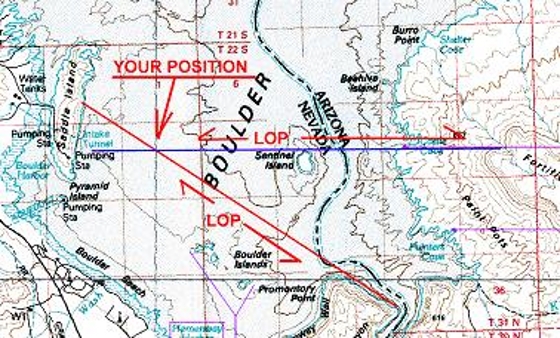How to Navigate a Kayak with a Map and Compass

Navigating a Kayak can be tricky business for anyone so it is very important to have a map and compass with you all the time when you plan on doing a little kayaking in any kind of water. In the past few years, GPS technology has grown and has become very sophisticated. However, despite so much advancement in this technology, having a GPS alone will not cut it for a kayaker because at the end of the day, a point comes where technology fails to yield the required or desired results. Although most of the professional kayakers these days have a GPS device at their disposal, they mainly prefer having a clearly printed map with them along with a compass. Indeed, in order to guarantee safety and to avoid getting lost in the wilderness, it is better to have the traditional tools of navigation as they will be the ones that will save your life in case something goes horribly wrong.
Navigating a kayak with a map and a compass at your disposal requires a few important things which are not really that difficult to follow.
Instructions
-
1
First of all, it is better to get the most recent charts from the National Oceanic and Atmospheric Administration. Mostly, there are a lot of waterproof versions available. However, such kinds of charts can also get easily smeared if you do not take care of them well. Most of these charts have a scale of 1:40,000 but ones with 1:20,000 are also important to have at your disposal.
-
2
Properly studying the charts is not an easy job as you have to learn about all kinds of symbols regarding tides and various landmarks have to be understood. For instance, quite often, low tide depths are coloured. You need to become familiar with how the charts look like and how the contents in these charts look like in real life. If you get the right understanding of these charts, you will know very soon if you dwindle off course.
-
3
Mounting one compass on your kayak’s deck is a good thing as it will keep giving you constant readings on your direction. Keep another compass beside your chart while navigating and make sure to always give it a look each time you depart.
-
4
Weather changes very quickly and fog can also roll in quickly and unexpectedly. At that time, you won’t be able to see all the landmarks clearly and might drift away so keeping constant tabs on your compass would be better.







